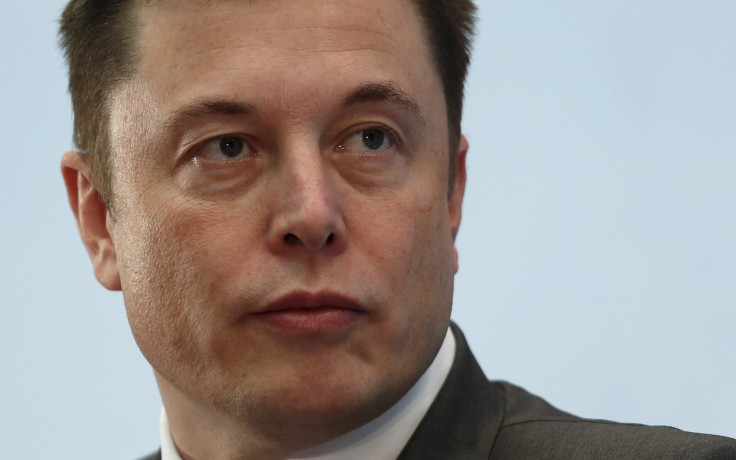Elon Musk Unveils ‘Master Plan’ For Tesla Motors (TSLA), Talks About Expansion Into Electric Trucks, Buses, Ride-Sharing Business

Tesla Motors Inc.’s billionaire CEO Elon Musk knows very well how to spark curiosity among consumers before making a major announcement. He took to Twitter on July 10 to let his more than 4 million followers know that he was working on a “master plan.” Without revealing much about what he has in mind, Musk managed to tantalize his followers with minor tidbits for 10 days, before unveiling an ambitious plan Wednesday to expand the company into electric trucks and buses, ride-sharing business and solar energy systems.
Musk wrote a blog post, titled “Master Plan, Part Deux,” on the company’s website to share his vision of an integrated carbon-free energy enterprise that would offer a wider range of vehicles, products and services beyond electric cars and batteries that Tesla has been working on over the years. Musk also explained why the integration of Tesla and SolarCity Corp., where he is a major shareholder, is necessary to achieve his goals.
“We can't do this well if Tesla and SolarCity are different companies, which is why we need to combine and break down the barriers inherent to being separate companies,” the South African-born Canadian-American business magnate wrote. “Now that Tesla is ready to scale Powerwall and SolarCity is ready to provide highly differentiated solar, the time has come to bring them together.”
Musk said he wanted to use the technology of SolarCity, a San Mateo, California-based rooftop solar panel installer, to help charge an expanding range of Tesla’s electric vehicles, addressing both personal and public transport as well as cargo shipping. According to him, the new vehicles will include a commercial truck called the “Tesla Semi,” which “will deliver a substantial reduction in the cost of cargo transport,” a public transport bus, a new kind of pickup truck and a compact SUV.
“There are two other types of electric vehicles needed: heavy-duty trucks and high passenger-density urban transport. Both are in the early stages of development at Tesla and should be ready for unveiling next year,” Musk wrote, without providing details on how the new projects would be financed.
In addition, Musk also talked about the company’s ambitions for a ride-sharing business. According to him, Tesla will continue to pursue self-driving car technology, which will one day enable the company’s customers to use their cars for ride-sharing “to make money for you when you aren’t using it.”
“You will also be able to add your car to the Tesla shared fleet just by tapping a button on the Tesla phone app and have it generate income for you while you're at work or on vacation, significantly offsetting and at times potentially exceeding the monthly loan or lease cost,” Must wrote.
However, some analysts are not convinced, and think that Musk’s plan of adding more products to Tesla’s lineup is far-fetched.
“Tesla’s latest Master Plan includes expanding its electric vehicle product line to cover all major segments, when it hasn’t been meeting production targets with the limited product line it has now and in the next couple of years.” Michelle Krebs, an analyst for Autotrader.com Inc., told Bloomberg in an email, adding that Musk’s “master plan” did not detail how and when Tesla will be profitable.
In May, Tesla sold nearly $1.7 billion in new shares to fund projects, including development of the company’s new Model 3 car lineup. Some part of that amount is also expected to be utilized to speed up production of 500,000 vehicles a year by 2018, Reuters reported.
Musk announced earlier this month that the company increased its production in the second quarter of 2016 by 20 percent, compared with the January-March period, producing just short of 2,000 cars per week. However, with only 14,370 vehicles delivered during the April-June quarter, the company fell well short of its initial target of 17,000 deliveries. In the first quarter of this year, Tesla Motors delivered 14,810 vehicles.
© Copyright IBTimes 2025. All rights reserved.






















